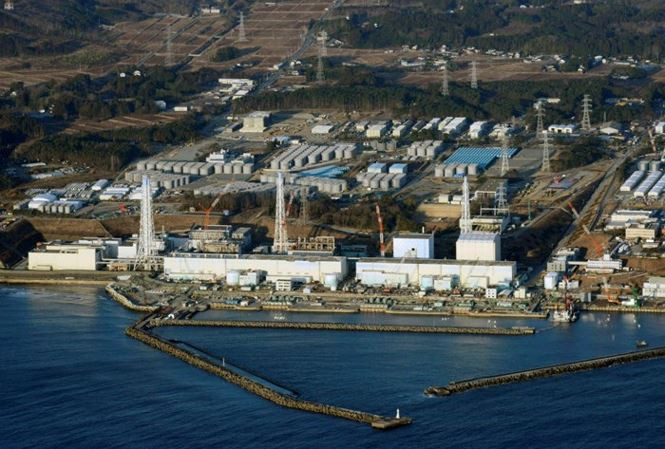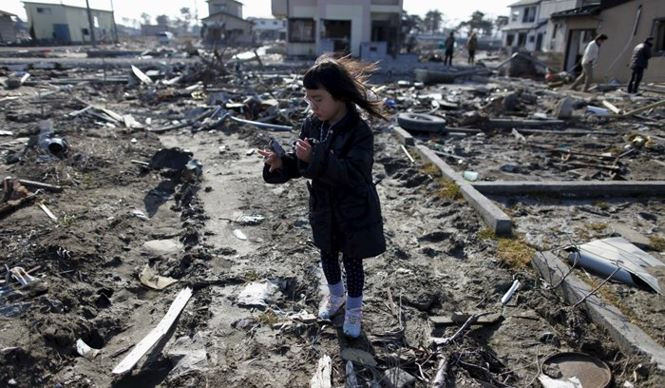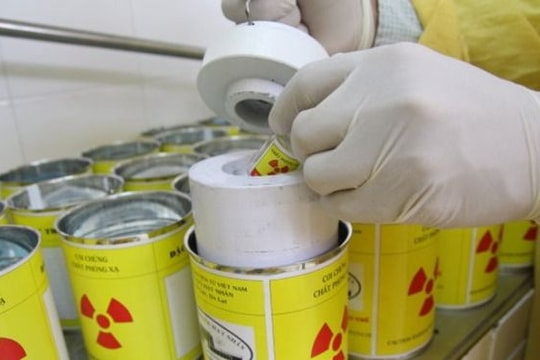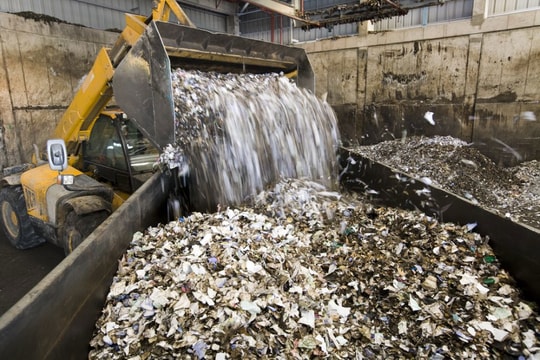Seven years after the Fukushima disaster, radioactive substances are still found in American wine.
A group of French nuclear physicists has just discovered radioactive substances in wine produced in the US state of California after the nuclear leak at the Fukushima power plant in 2011.
According toNew York TimesResearchers analyzed the composition of 18 bottles of wine produced in California from 2009 to the present. They found that the radiation levels in the bottles produced after the Fukushima nuclear disaster were higher than normal, some twice as high.
The reason is that the radioactive clouds formed after the 2011 accident traveled across the Pacific Ocean to California, contaminating wine grapes.
 |
| Tokyo Electric Power Company (TEPCO), the operator of the Fukushima nuclear power plant, has put into operation an underground ice wall built around the radioactive contaminated area. Photo: Reuters. |
However, scientists say this is not dangerous. "The radiation levels in these bottles are still quite low," said French researcher Michael Pravikoff, part of the team that discovered radioactive substances in 18 American bottles.
According to Pravikoff, the team used a technique called glass radioactivity measurement, so the bottles remained intact. However, in some cases, they had to burn the wine to ashes to accurately measure the radioactivity.
Before the 20th century, wines containing cesium-137 (a radioactive isotope produced by nuclear reactors) did not exist, and nuclear events would have left traces in wine based on time and geographic proximity to the vineyard, according toNew York Times.
 |
| After 7 years, the radioactive substances leaked from the Fukushima plant have not been completely recovered. Photo: Reuters. |
The absorption of the cesium-137 isotope may increase the risk of cancer. However, the World Health Organization (WHO) said the amount of radioactive material from the Fukushima disaster that has contaminated food and drinking water in countries outside Japan is very low and does not pose a threat to human health.
ReplyNew York TimesA representative of the California Department of Public Health said on July 20 that the agency was not yet aware of the above research, but "California residents are not currently facing any health and safety risks."
The 2011 earthquake and tsunami disaster that caused a radioactive leak at the Fukushima nuclear power plant killed more than 16,000 people. 160,000 people had to evacuate to other areas.
In addition, the number of people who committed suicide due to depression after the disaster in 2011 reached 155 people and continued to increase. According to the newspaperWashington PostMany Fukushima residents chose to commit suicide because of the poor living conditions after being evacuated. In addition, they also suffered psychological pressure when they were shunned by outsiders because of suspected radiation contamination.




